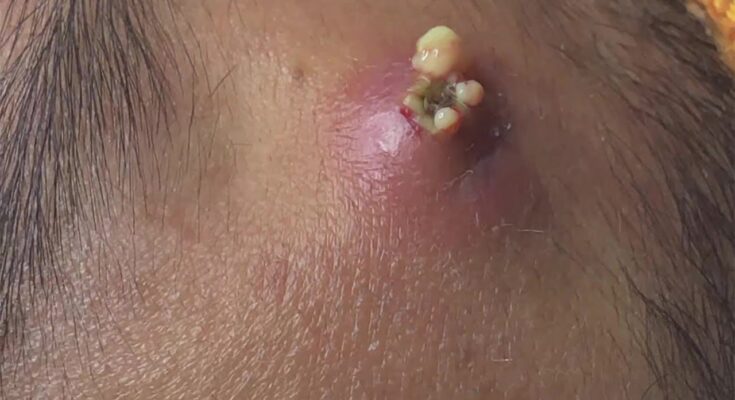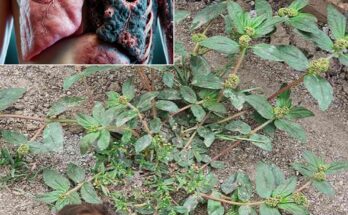Blackheads are a common type of acne and are classified as a type of comedonal acne. They form when pores become clogged with excess oil, dead skin cells, and other debris. Blackheads specifically occur when the clogged pore remains open at the surface, and the contents are exposed to air. The exposure causes the oil to oxidize and turn black.
Here are different types of acne, including blackheads:
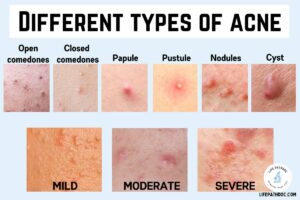
1. Blackheads (Open Comedones)
- What they are: Blackheads form when a pore becomes clogged with excess oil (sebum), dead skin cells, and debris, but the pore remains open at the surface.
- Appearance: Small, dark black or brown spots on the skin, usually on the nose, chin, forehead, or back.
- Cause: The oxidized oil at the surface turns black, giving them their characteristic appearance.
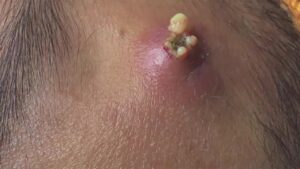
2. Whiteheads (Closed Comedones)
- What they are: Whiteheads are similar to blackheads but occur when a pore becomes clogged and remains closed.
- Appearance: Small, white or flesh-colored bumps that appear on the skin’s surface.
- Cause: Oil and dead skin cells get trapped inside the pore, leading to a white bump that doesn’t oxidize.
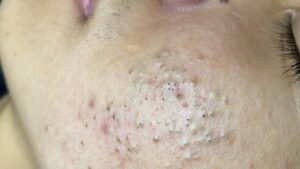
3. Papules
- What they are: Papules are small, raised bumps that are typically red and tender to the touch.
- Appearance: Small, red, inflamed bumps that are not filled with pus.
- Cause: When a clogged pore becomes infected and inflamed, it turns into a papule.
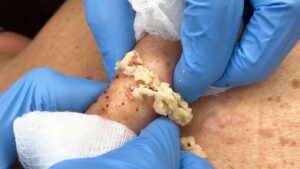
4. Pustules
- What they are: Pustules are similar to papules but contain pus.
- Appearance: Red, inflamed bumps with a white or yellow center (pus).
- Cause: Infection of the clogged pore, which leads to the formation of pus.
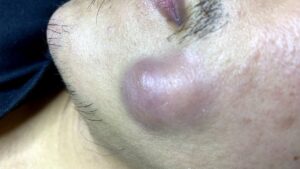
5. Nodules
- What they are: Larger, deeper inflamed pimples that form beneath the skin.
- Appearance: Hard, painful lumps under the skin, often large and more noticeable.
- Cause: Deep inflammation caused by clogged pores that become severely infected.
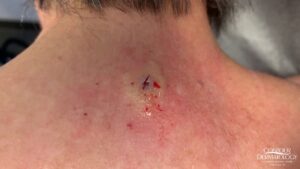
6. Cysts
- What they are: The most severe form of acne, cysts are large, pus-filled lumps beneath the skin.
- Appearance: Large, painful, deep nodules that are often filled with pus and can lead to scarring.
- Cause: Severe infection and inflammation deep within the skin.
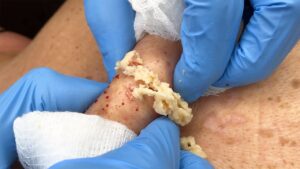
Treatment for Blackheads:
- Topical Retinoids: Help to speed up skin turnover and prevent clogged pores.
- Salicylic Acid: This ingredient penetrates deep into pores to dissolve excess oil and dead skin cells.
- Exfoliation: Gentle exfoliation with products like scrubs or chemical exfoliants (AHAs, BHAs) can help remove the buildup that causes blackheads.
- Pore Strips: These strips can temporarily remove blackheads but are not a long-term solution.
- Clay Masks: These can help absorb excess oil and prevent clogged pores.
If you have persistent blackheads or other forms of acne, you may want to consult a dermatologist for additional treatments.
